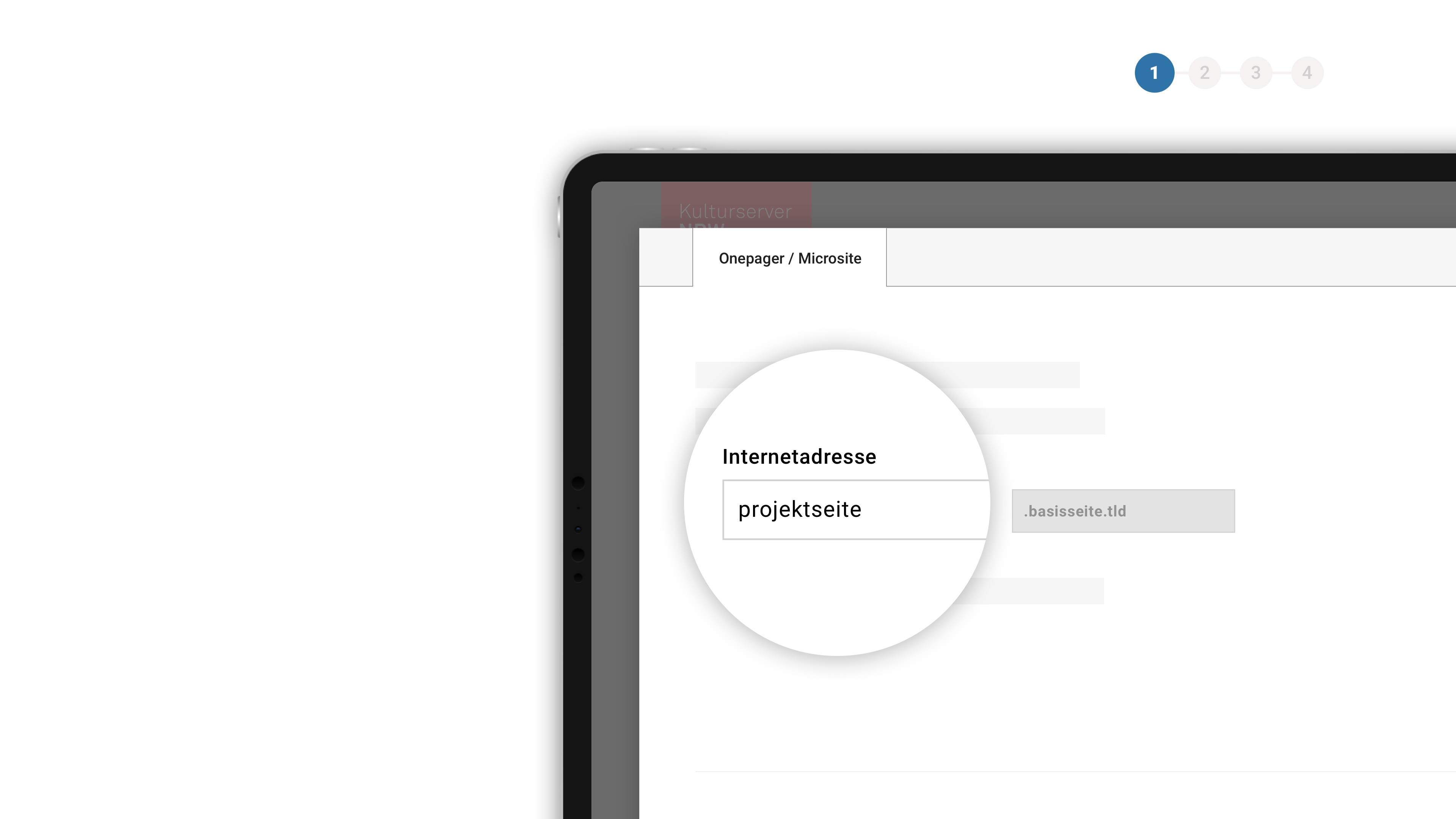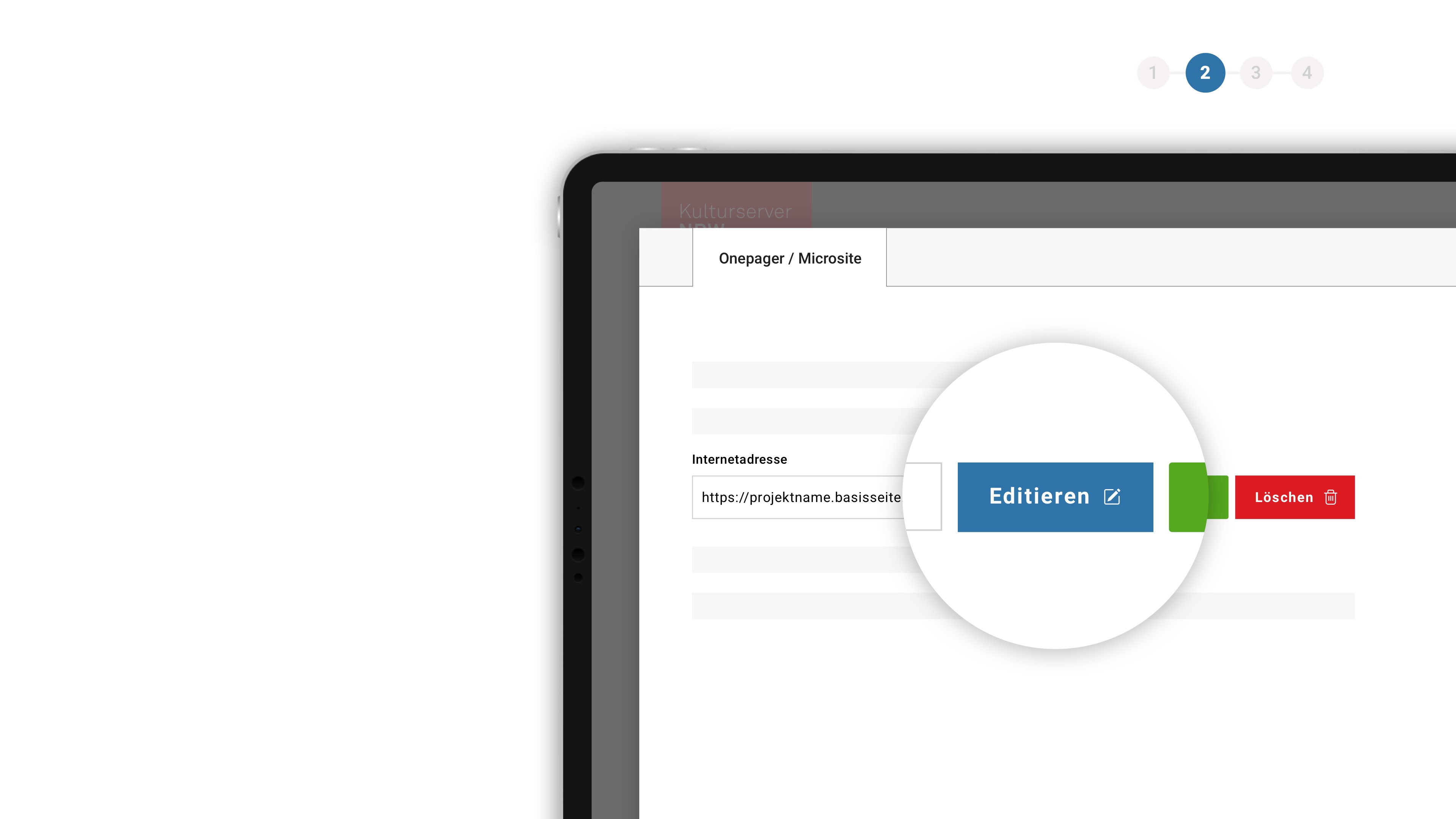Auf der Flucht zurück nach vorne - Deutsche Oper Berlin
On the run and in pursuit
Q & A about the RING with the director and stage designer
Jörg Königsdorf: Because of Corona this new production of the stage festival play THE RING OF THE NIBELUNG can’t begin as planned with the preliminary evening, THE RHINEGOLD, but starts off with the first day, THE VALKYRIE. What implications does this have for your work on the production and its reception?
Stefan Herheim: As we conceived the RING as a coherent tetralogy for the Deutsche Oper Berlin, there will be some narrative gaps and some connections that only become apparent when the cycle is viewed in its entirety. The preliminary evening will begin with a group of people on the run. They stop for a rest by a piano on an otherwise empty stage. What they start to play there takes on a life of its own, playing out on several levels for the following 15 hours.
Jörg Königsdorf: And what about the gods?
Stefan Herheim: It’s a commonplace that Wagner’s RING is in essence about people, even though it deals with gods, giants and dwarfs. It’s precisely this collective humanity that we make into the nucleus of a piece of theatre that, in THE RHINEGOLD, has its origin in emptiness. Play is written into the very substance of the Ring. Wotan puts it in a nutshell in his first argument with Fricka: “All that lives loves change and transformation. That play I cannot forgo.“ This play, in our production, is acted out among fugitives who have lost their home and are now searching for it in myth. All parts of the RING revolve around the issue of the powerlessness of love and the lovelessness of power. And all the players in this game are at the mercy of its deceptive mechanisms.
Jörg Königsdorf: How do you put that on stage, and what images will there be in THE RHINEGOLD that are important for an understanding of your VALKYRIE?
Stefan Herheim: In THE RHINEGOLD a silk handkerchief, which increases in size, suggests both the Rhine and the mountains under which Nibelheim opens up. The rainbow is created in a no less playfully associative way, as is the world ash tree, around which the players at the end of THE RHINEGOLD build Hunding’s house out of their suitcases for Act One of THE VALKYRIE. At the start of Act Two Wotan comes up out of the prompt box half-naked, holding the score of THE VALKYRIE. That’s because instead of withdrawing to Valhalla with the other gods in the last bars of THE RHINEGOLD he goes down to Erda, who as the prompter presides over the knowledge of how the play ends. Wotan has fathered the Valkyrie on her between the preliminary evening and the first day, and now as he plays the piano he makes her rise up out of the spirit of music.
Jörg Königsdorf: But by this time Wotan must have been living among people for some time as Volsa and must have already fathered the pair of twins on a human mother. Will that be shown, and if so, how?
Stefan Herheim: We’re presenting a divine metamorphosis as an association, because, as so often in the RING cycle, Wagner set up a discontinuity of seemingly concurrent, parallel processes. Even before Alberich, by cursing love, wrested the gold from the Rhine to forge the ring with which he would usher in the threatened end of the gods, Wotan had disturbed a balance by breaking a branch off the world ash tree in order to rule by laws which make Alberich’s transgression possible in the first place. As with the biblical Fall of man, which established the conditio humana of the West and the dichotomy of the sexes, a bleeding wound has been gaping in all of existence ever since; and the more Wotan strives to maintain world order by means of laws, the more he breaks them himself and gets ever further embroiled in debt.
Jörg Königsdorf: Everything revolves around Wotan in this opera, even though it’s entitled THE VALKYRIE. What, then, is the significance of Brünnhilde?
Stefan Herheim: In THE VALKYRIE we experience the tragic attempt by the ageing god to shift his problems onto the next generation and the generation after that. He is sick of every tie that binds him as a god – his wife included. He is unfaithful, fathers Siegmund and Sieglinde, and subjects them both to so much torment in order that they do what the god himself is barred from doing: getting possession of the ring and neutralising its power through their love. At the same time he fathers Brünnhilde and the other Valkyries, who bring him heroes to protect Valhalla. Once Fricka has seen through his self-deception and has exacted a vow from him on Siegmund’s death, Wotan threatens Brünnhilde with the withdrawal of his love, and then dispatches her to Siegmund, knowing full well that the latter’s selfless love will induce her to oppose her father. Only by doing this can he impose on her the punishment that will make her, unawares, the instrument of his will. The opera places Brünnhilde in the centre of the action, in order to condition her for her act of redemption as a mortal woman in the TWILIGHT OF THE GODS.
Jörg Königsdorf: In the RING, the most tragic sorrow like the tenderest love is fully elaborated. For instance, Wagner composes every gaze of longing that the twins exchange in Act One, long before they realise they are twins. As the director, how do you go about staging situations like this?
Stefan Herheim: When Sieglinde, who’s been married against her will, finds the exhausted and wounded Siegmund and first of all offers him water to drink, then for seven bars the motifs of the two characters become fused with one another, and we hear the beauty of that ardent sibling love which is decisive for everything that follows. In musical terms therefore Sieglinde and Siegmund find each other straight away, and I anticipate this in the staging. The quenched thirst doesn’t just relate to the life-giving water: it also refers to a magical fulfilment of the soul, which is what drives the whole of the RING.
Jörg Königsdorf: The intimate drama of Act One acquires an additional, silent character in your production. Where did that idea come from and why is that character necessary?
Stefan Herheim: Wagner gave the carnal union of the twins unprecedented music of wildest passion. When we see the couple again in Act Two, there’s hardly anything left of that exultant tone of incestuous sibling love. Sieglinde now stylises Siegmund as the purest, holiest hero, while she is consumed by guilt and reproaches herself for bringing shame upon her brother as a dishonoured woman. That has nothing to do with the incest they have committed. Rather it ensues solely from the feeling of shame about her marriage with Hunding that comes over Sieglinde immediately after she has slept with Siegmund. I always found this scene – in which a woman who has been violently forced into marriage sees herself as a sinner when she encounters true love and accuses herself of some violation – highly problematic and in fact untenable these days. To reconfigure Sieglinde psychologically and materialise her trauma, we improvised a child with Hunding. For her new beginning with Siegmund, Sieglinde makes the fatal error of thinking she has to sacrifice the child as an act of liberation. So we are moving her in the direction of a Medea. She only regains her will to live when Brünnhilde reveals to her that she’s pregnant.
Jörg Königsdorf: Wagner wrote to Liszt that THE VALKYRIE was “the most tragic work that I have conceived”. And yet THE RHINEGOLD in many places strikes a comic note, which can be heard in SIEGFRIED, too. How does one deal with these changes in temperature when staging the whole RING as a cycle?
Stefan Herheim: In spite of the overriding tragic sublimity there are different stylistic registers even within THE VALKYRIE, not least because of Wagner’s excessive use of determinate leitmotifs. His godlike playing with humanity – and vice versa – is fantastically multifaceted, and you have to adopt a number of different viewing positions in each of the RING operas if this drama of flight from and quest for love is to be effective and valid beyond the theatre.





